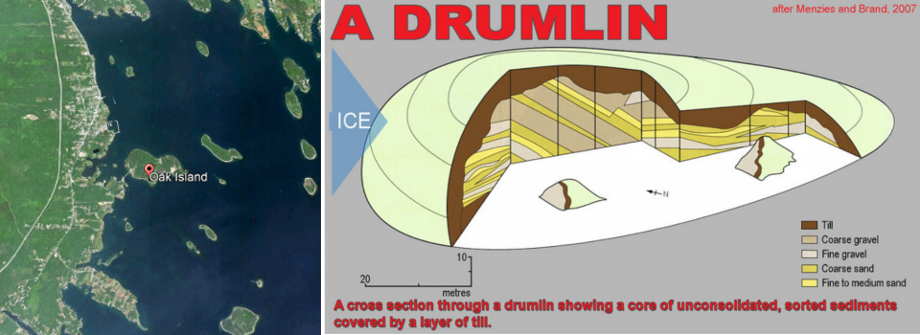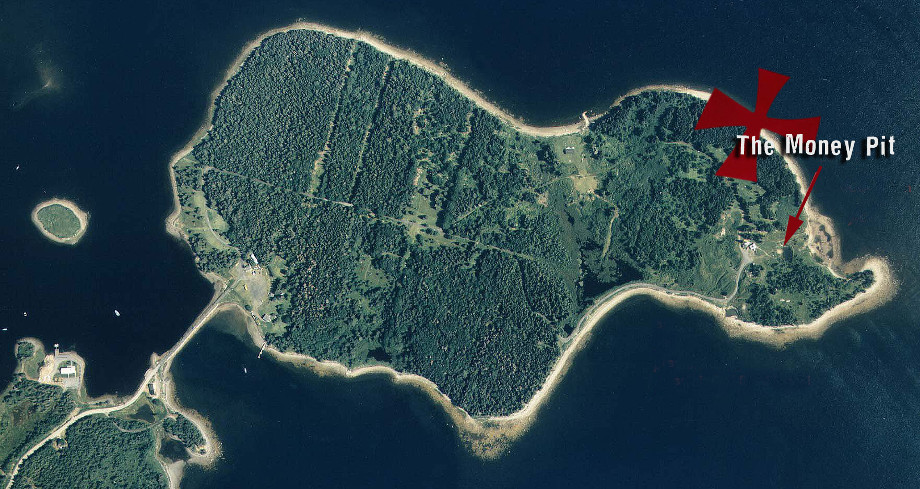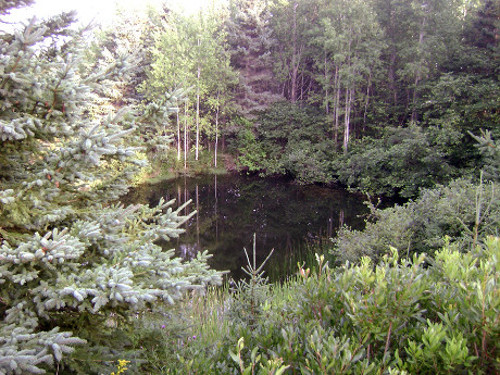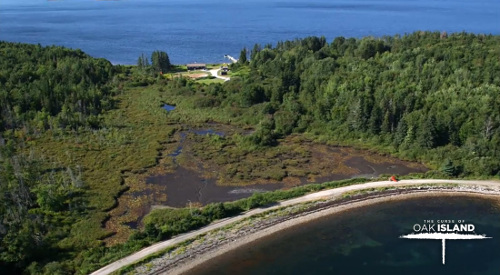- Why Mining Matters
- Jobs
- Safety
- Environment & Operations
- FAQ
- Links
- Fun Stuff


It started in 1795 when three teenagers discovered the “Money Pit” – a depression in the ground that looked odd.
Excavation of the site found evidence of human activity underground, including series of logs buried at regular intervals and the 90-Foot Stone, a stone found 90 feet deep that had mysterious markings on it.
Unfortunately, as digging continued the money pit was suddenly flooded with water, which was believed to be a booby trap designed to protect the treasure.
In the 200+ years since, treasure hunters have tried to unravel Oak Island’s secrets but none have succeeded. Many clues have been found, such as coconut fiber which is not from Nova Scotia, ancient coins and artifacts, and human bones buried deep underground.
If there is – or was – treasure on Oak Island, no one knows what it could be. Pirate treasure? Royal Jewels? Shakespeare’s manuscripts? Religious artifacts like the Holy Grail and Ark of the Covenant?
More information about the history of Oak Island is at https://www.oakislandtours.ca/.
Here is a geological take on the treasure hunt which highlights the searchers' challenge in figuring out what really happened on Oak Island.
Like many islands in Mahone Bay, on Nova Scotia’s south shore, Oak Island is a drumlin - rock, sand, gravel and clay deposited by glaciers as the last ice age ended about 12,000 years ago. Actually, the island is four connected drumlins.

Because Oak Island is drumlins, it may have layers of gravel below sea level which could explain the flood tunnel mystery. Searcher shafts might just be intersecting sea water naturally flowing underground through gravel, which is porous (i.e. water can flow through the spaces between the rocks).
So maybe there isn’t a flood tunnel booby trap after all. We don’t know.
Oak Island's eastern bedrock, where the Money Pit is located, is limestone and gypsum. They are soft rocks that often erode in groundwater, creating natural tunnels and cavities. Some of the underground tunnels and cavities on Oak Island could be naturally-occurring instead of man-made.


For example, in 1878 the Cave-in Pit was discovered on Oak Island when oxen plowing a field fell into a large hole. It might have been a naturally-occurring sinkhole, not one created as part of an elaborate tunnel system, as some believe. Nova Scotia has many sinkholes caused by erosion of soft minerals like gypsum.

Oak Island was connected to the mainland until rising sea levels, caused by melted glaciers, made it an island a thousand years ago. Sea levels are much lower during ice ages because water is frozen in glaciers.
Sea levels around Nova Scotia 200-300 years ago were about 1.5 metres lower than today. This would make it impossible to float and sink a ship in the triangular swamp, as one Oak Island theory suggests.

While geology may explain some of Oak Island's mysteries, there is lots that it can't. Why is coconut fiber there? Whose bones were found deep underground?
Who left the lead cross, which is estimated to have been made somewhere between 1200 and 1600 AD?
Keep watching to find out!

















































































